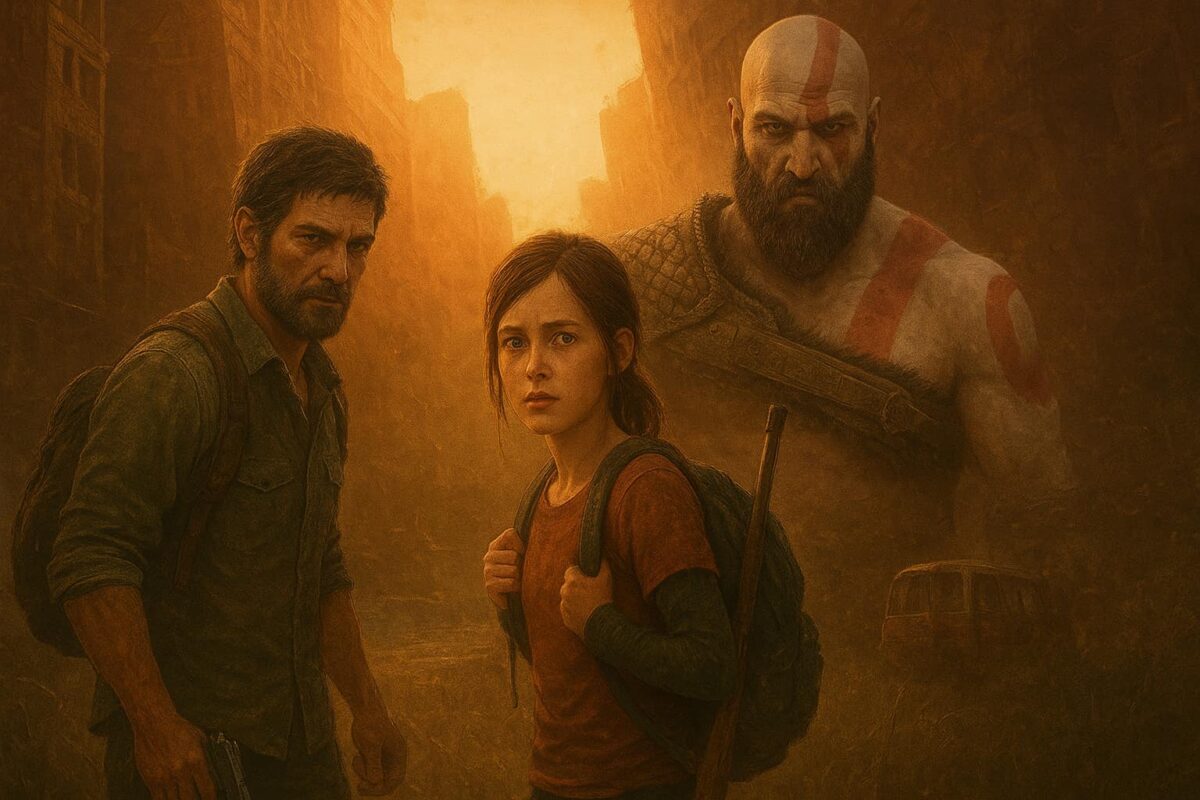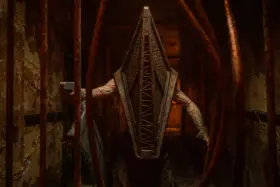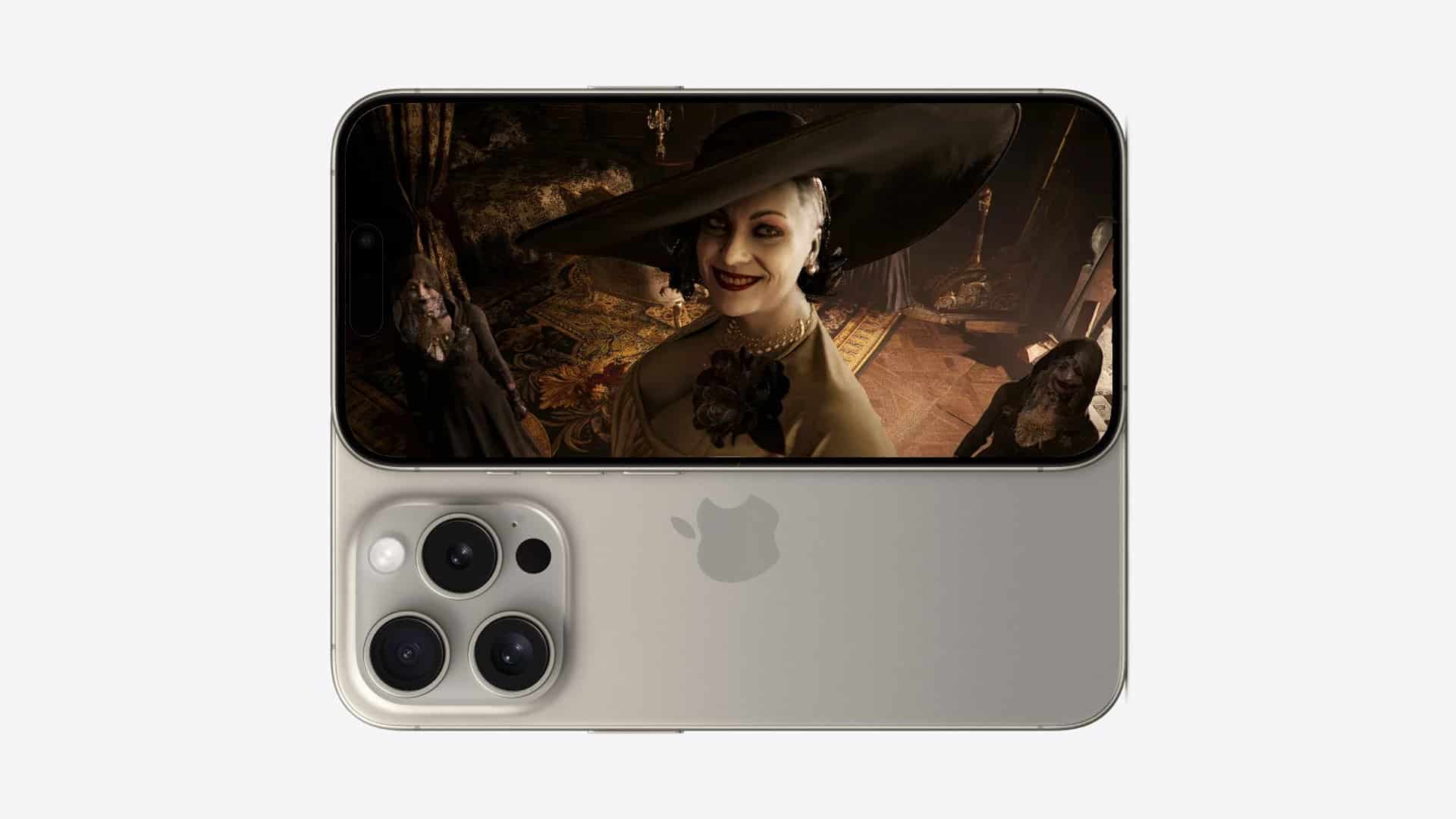It’s hard to pinpoint the exact moment AAA games stopped feeling magical. But if you grew up in the 90s — back when every new release felt like a risk, an experiment, or a bold statement — you know the change has been slow, creeping, and irreversible.
The industry we have today is a very different beast from the one that existed in 1994. And while technological progress has given us photorealistic graphics, sprawling open worlds, and budget sizes that rival Hollywood blockbusters, it’s also hollowed out the beating heart that made games feel alive.
The AAA industry is still capable of technical marvels — there’s no denying that — but the soul, the weirdness, the raw, unpolished experimentation? That’s been exiled to the indie scene. And the reason is depressingly simple; the big corporate machine has perfected the formula. Not the creative formula — no, that’s long gone — but the financial one.
The Golden Age of Weird
Back in the mid-90s, gaming was still the Wild West. Consoles like the PlayStation, Sega Saturn, and Nintendo 64 were homes to games that felt like fever dreams. Developers took swings they had no business taking. Some missed spectacularly. Others gave us timeless classics.
Think about it, would a game like Katamari Damacy, Seaman, or Jet Set Radio even survive a modern AAA pitch meeting? Not a chance. It would be strangled by “market research” before the first prototype was built.
In those days, the hardware was limited, budgets were smaller, and publishers — while still corporations — were willing to gamble. Risk was baked into the culture because the industry was still young enough to not know better. Every release was a test to see just how far we could stretch the medium.
And yes, nostalgia paints things rosier than they were —there was plenty of shovelware even then — but the point is, you could feel the ambition. Studios weren’t yet chained to the same design-by-committee mentality that defines so much of modern AAA.
The Rise of the AAA Games Companies Template
Fast forward to today, and AAA games have become their own worst parody.
Walk into any Ubisoft-style open world and you already know what’s waiting for you; the map vomits icons, your objectives are formulaic fetch quests disguised as “dynamic activities,” and your progression is tied to skill trees that exist because the genre demands them, not because the game needs them.
It’s not just Ubisoft. EA, Activision, Warner Bros. They’ve all got their flagship series running on a content treadmill, pumping out sequels that feel less like passion projects and more like quarterly reports in playable form.
It’s a system that works financially, which is exactly why it’s killing creativity. These games aren’t designed to surprise you, they’re designed to retain you.
Every icon on the map, every daily login reward, every bite-sized “engagement loop” is engineered to keep you from wandering away to something riskier, stranger, and — God forbid — shorter.
The obsession with “games as a service” has only deepened the rut. Instead of moving on to the next big creative gamble, studios are locked into endlessly feeding their existing titles with content that often feels like reheated leftovers. The artistry is buried under seasonal passes and monetization hooks.
Indie Games: The New Love Letters
While AAA has doubled down on predictability, indie developers have been busy making the kind of games that feel like they were written just for you. They don’t have the budgets to plaster cities with billboards or hire celebrity cameos, so they compete where AAA no longer can; in the realm of pure, undiluted vision.
From the haunting minimalism of Journey, to the raw emotion of Celeste, to the deeply weird collaborative writing process that birthed Disco Elysium, indies are where you go if you want to be surprised, challenged, or made uncomfortable in the best possible way. These aren’t “products” churned out on an assembly line, they’re love letters.
The irony is that many indie devs grew up on the very AAA titles of the 90s and early 2000s that inspired them to make games in the first place. They’ve inherited that experimental DNA, while the AAA space has largely sterilized it out of existence.
The Illusion of Bigger Being Better
AAA studios often brag about map size, render distance, or the number of NPCs they’ve crammed into a single scene. But more doesn’t mean better — it often just means more clutter. Those massive worlds are rarely as alive as they claim to be. They’re beautiful facades, sure, but scratch the surface and you find repetition, recycled animations, and quests that feel like checklists.
It’s telling that some of the most memorable gaming moments of the last decade haven’t come from $300 million blockbusters, but from small teams making something focused and personal.
An indie doesn’t have the luxury of wasting your time with filler. They have to make every second count. And because of that, their games often stick with you longer.
What We’ve Lost – and How We Could Get It Back
We’ve lost the element of surprise. We’ve lost the joy of booting up a game with no idea what to expect. We’ve lost that sense of a developer speaking directly to you, not to a quarterly earnings call. AAA can still produce great games.
Every now and then, a title breaks through the noise with genuine personality, but it’s rare enough now to feel like an event.
Could AAA find its soul again? Sure, but it would require something most major publishers seem allergic to; risk. Not risk in terms of budget (they already gamble hundreds of millions on marketing alone), but risk in terms of design. The willingness to make something that might alienate as many players as it wins over. The courage to make a game that doesn’t follow the template.
Until then, the real torchbearers of gaming’s creative spirit are going to remain in the indie space. And maybe that’s okay.
Maybe AAA can keep churning out their high-polish comfort food, while indies keep redefining what gaming can be. But for those of us who remember the wild experimentation of the mid-90s, it’s hard not to feel like we’ve traded something precious for the illusion of progress.
Because here’s the uncomfortable truth: AAA gaming isn’t dead – it’s just safe. And safety is the last thing that made us fall in love with games in the first place.






